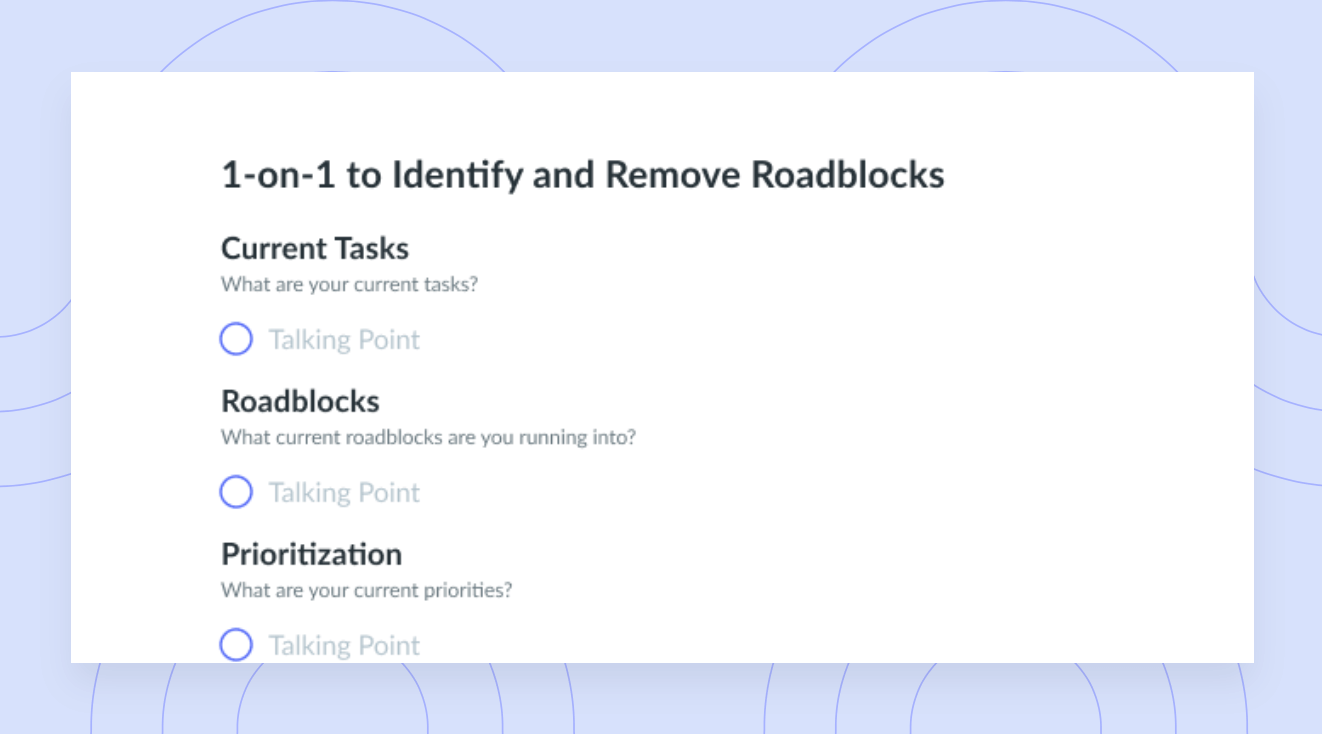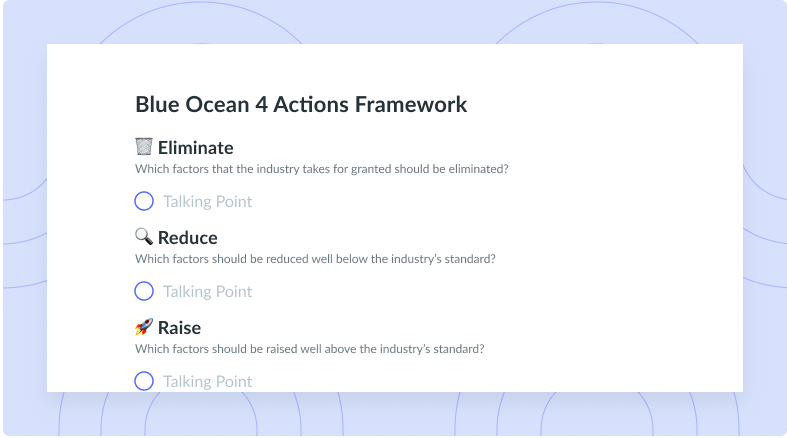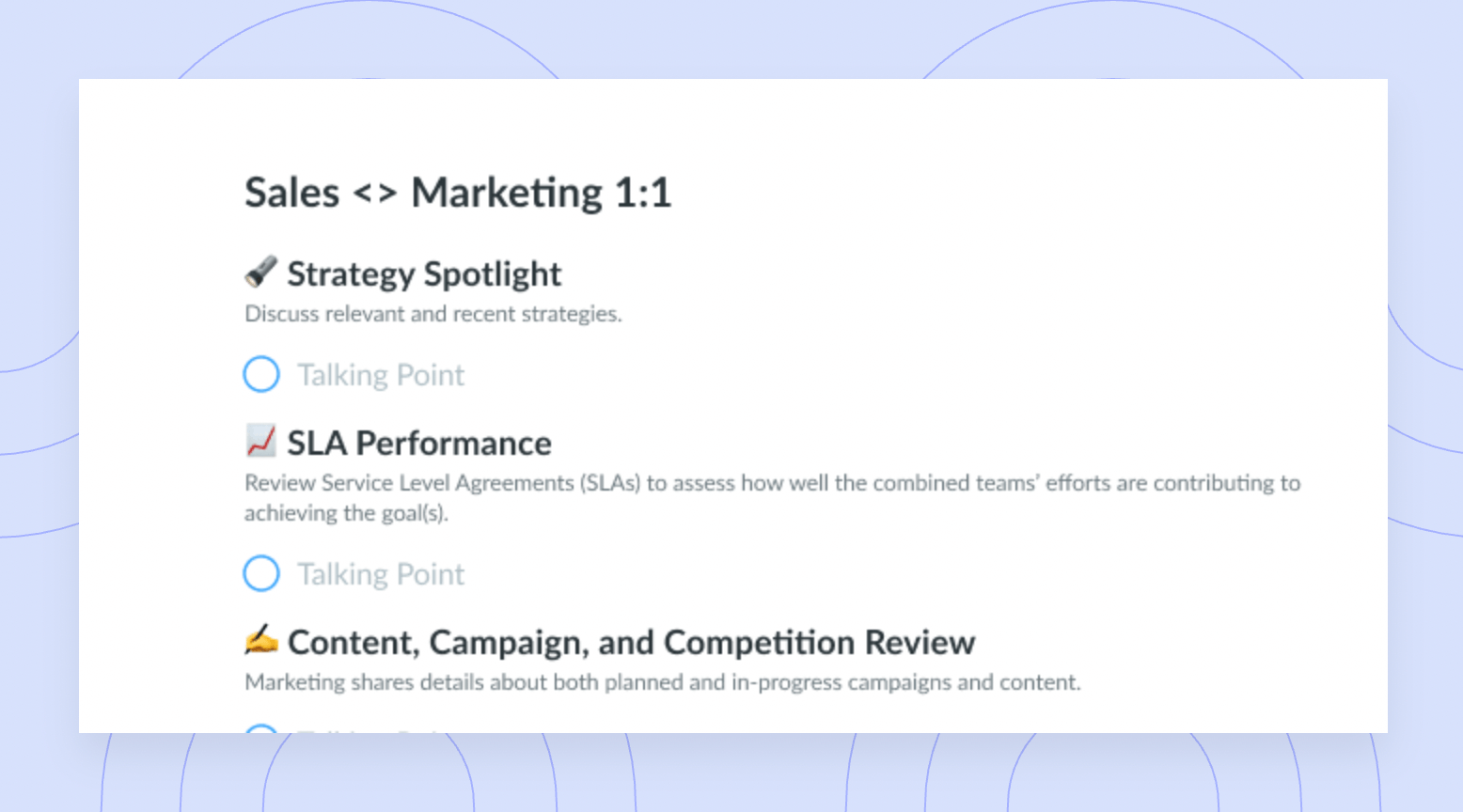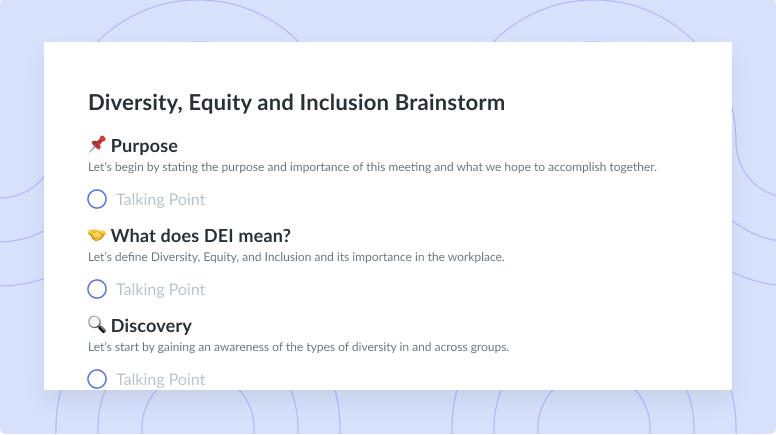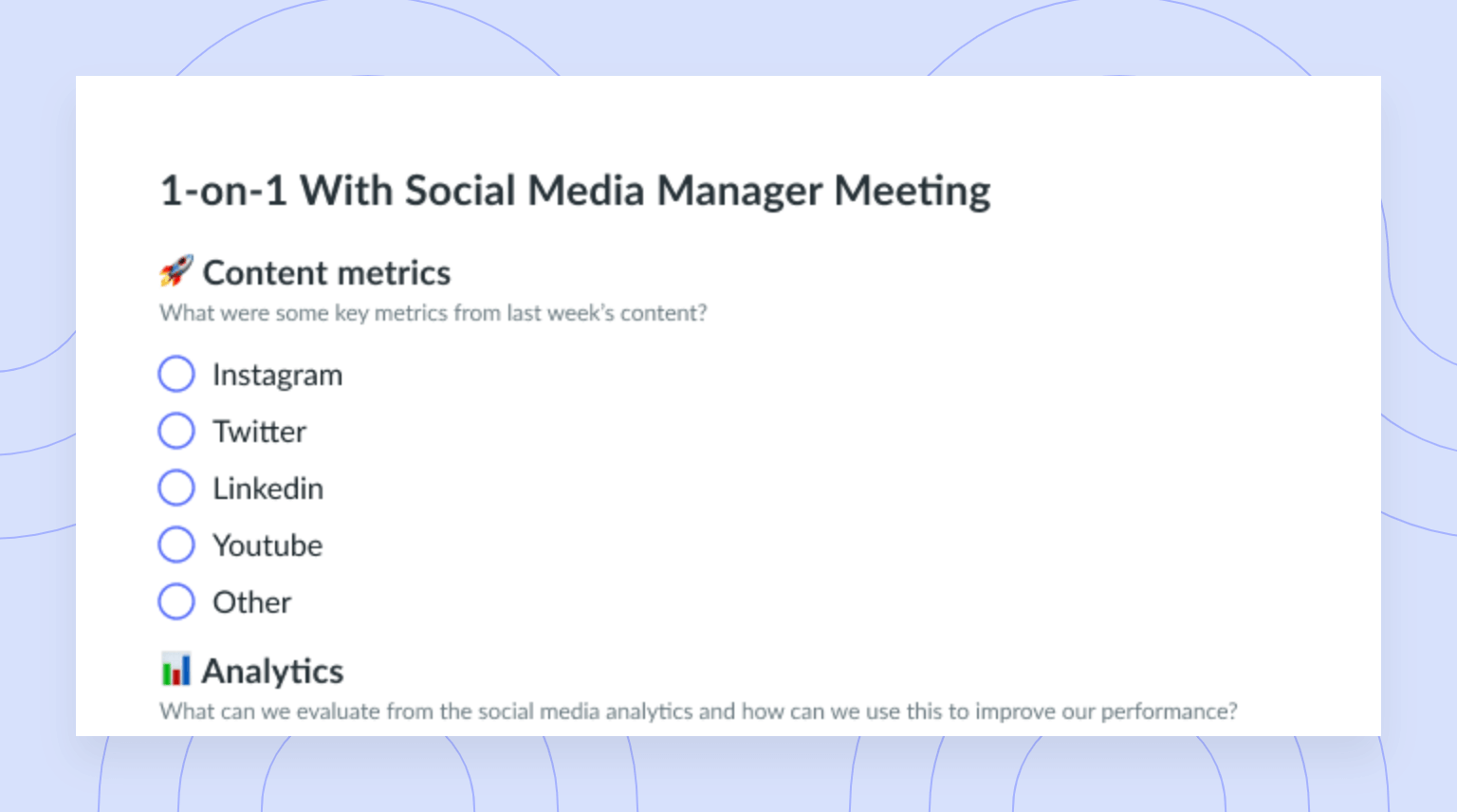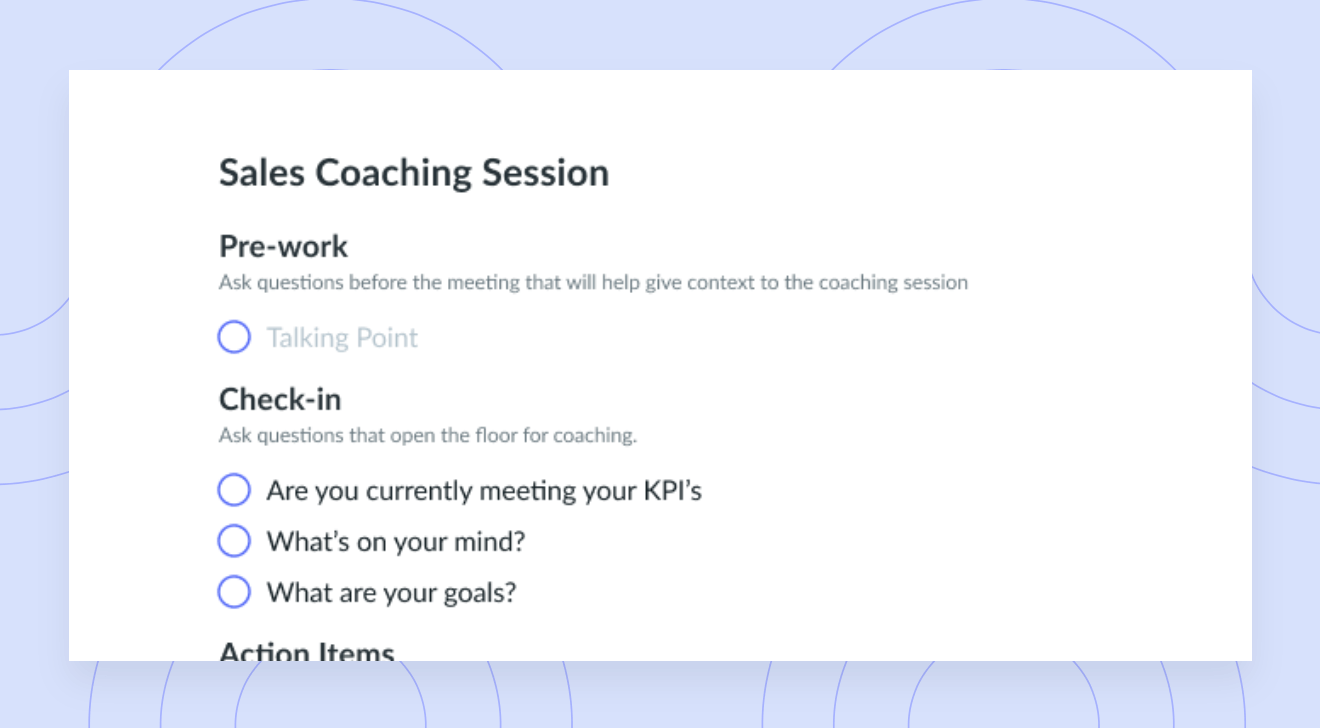David Robinson: Identify and Prepare High-Performing Teams for Success with 1 Simple Framework
The importance of empowering your team and what it means for your collective mission with David Robinson.
David Robinson is the former Commanding Officer at the US Marine Corps where he learnt many invaluable lessons about leadership. Presently, David spends his time teaching executives and leaders of all kinds how to lead high-functioning teams in high-pressure environments.
Listen to this episode (or read the transcript below) to learn why you need to get laser focused on your expectations and standards as a leader.
1 What were some of the early mistakes that you made early on in your management career?
I tended to talk first and listen to last. When I talk to junior leaders about things that they can do to become better leaders, I think it’s natural for us when we’re Junior, and we’re just starting out in a leadership role to feel like we have to demonstrate our credibility by knowing what we’re talking about and that’s natural but things shifted when I began to listen first and talk last. People would share their honest opinions because their perceptions wouldn’t be tainted by my opinion and they would be more inclined to participate in the conversation.
2What is the leadership triad?
It’s a simple framework that I’ve come up with that distills in some ways the complexity of leadership into three essential focus areas and it really dives into what matters most about leading a high-performing team.
3How do you know if you have a high-performing team?
I developed a five-minute survey that is 15 questions long and it was essentially built to provide feedback in a way that enables you to determine if you’re leading a team that can consistently perform on a high level. You can find the survey on my website, verticalperformance.us.
4How often do leaders in the Marine Corps repeat what their mission is? Is storytelling an important aspect of this exercise?
Absolutely. The question is, how do you connect your people to your mission? It really revolves around inspiring and empowering your team and step one of inspiring your team is really to help them get bought into the leader and step two is to help them get bought into the mission. So, how do you get them to buy into the mission so that they’re emotionally invested in the mission’s success? To me, it comes down to wealth. Patti Sanchez and Nancy Duarte wrote a book called illuminate and I learned a lot from their book, about four techniques for illuminating your mission or your vision so people can get emotionally invested in it. The whole premise revolves around speeches where you take some time to articulate the mission and focus on why it’s important.
5How does preparation work from a tactical standpoint?
I think it’s all about reverse engineering and by that, I mean identifying the different avenues that your team needs to excel at to get to the final goal. And in addition to that, intensifying how as a collective team, you can constantly be preparing for tomorrow’s opportunity. If you go back to Coach Wooden as a reference, he would say that he enjoyed the games just as much as the practices. His passion was preparing his team to perform when the game started and his ultimate goal was to not have to do any coaching at all when the game started.
6How do you get people to be passionate and buy into the mission or vision at hand?
You start with setting the standard, and then you talk about a passion for improvement. When you combine those two elements it creates the perfect formula for generating a passion for excellence within your team.
7How do you define a standard of excellence?
I recommend leaders have what I call a leader’s intent. Having a leader’s intent is a great way to connect your culture to your mission. I encourage leaders to think about five things. What is your mission? Can you articulate that? What is your vision? What does success look like? What are your values? What are your goals and priorities? What are our behavioral expectations? What can you expect from me as a leader? What do I expect from my team members as members of the team in terms of expectations? Sometimes you can insert very unquantifiable metrics but they need to be measurable, they need to be clear, they need to be understood and then once you set those standards, your team can try to achieve them.
8How do you make sure that decentralized decision-making doesn’t lead to chaos?
It comes down to empowerment. It’s incumbent upon leaders to push that decision authority down to the lowest practical level within the organization. If a leader can clearly articulate what at a very high level, cast that vision, and then empower leaders at lower levels to make decisions it will run smoothly.
One way to make sure that this is a learning process without turning it into chaos is to use weekly one-on-ones and feedback sessions for junior decision makers to share with their boss the decisions that they are planning on making and to focus on getting that valuable feedback.
9Do you have any rips, tricks, or words of wisdom for managers or leaders that are looking to get better at their craft?
The more you let go and give to your team, the more you will get as a leader in terms of high performance. Sometimes it’s hard to empower people and give away control but I’ve found that the more you do that the more you’ll get in return in terms of performance. I would say the most important thing you can do as a manager or leader is to focus on empowering your team and to simultaneously take care of them. Make sure you’re always putting their interests above your own and do whatever it takes to help your team accomplish your collective mission. In short, empower your team and take care of your people.



![25 Military Leadership Quotes to Try [+ Free Template]](https://fellow.app/wp-content/uploads/2022/05/Military-Leadership-Quote.jpg)





